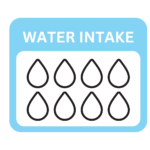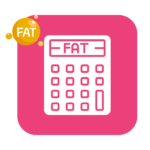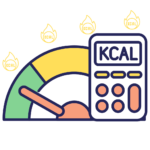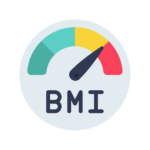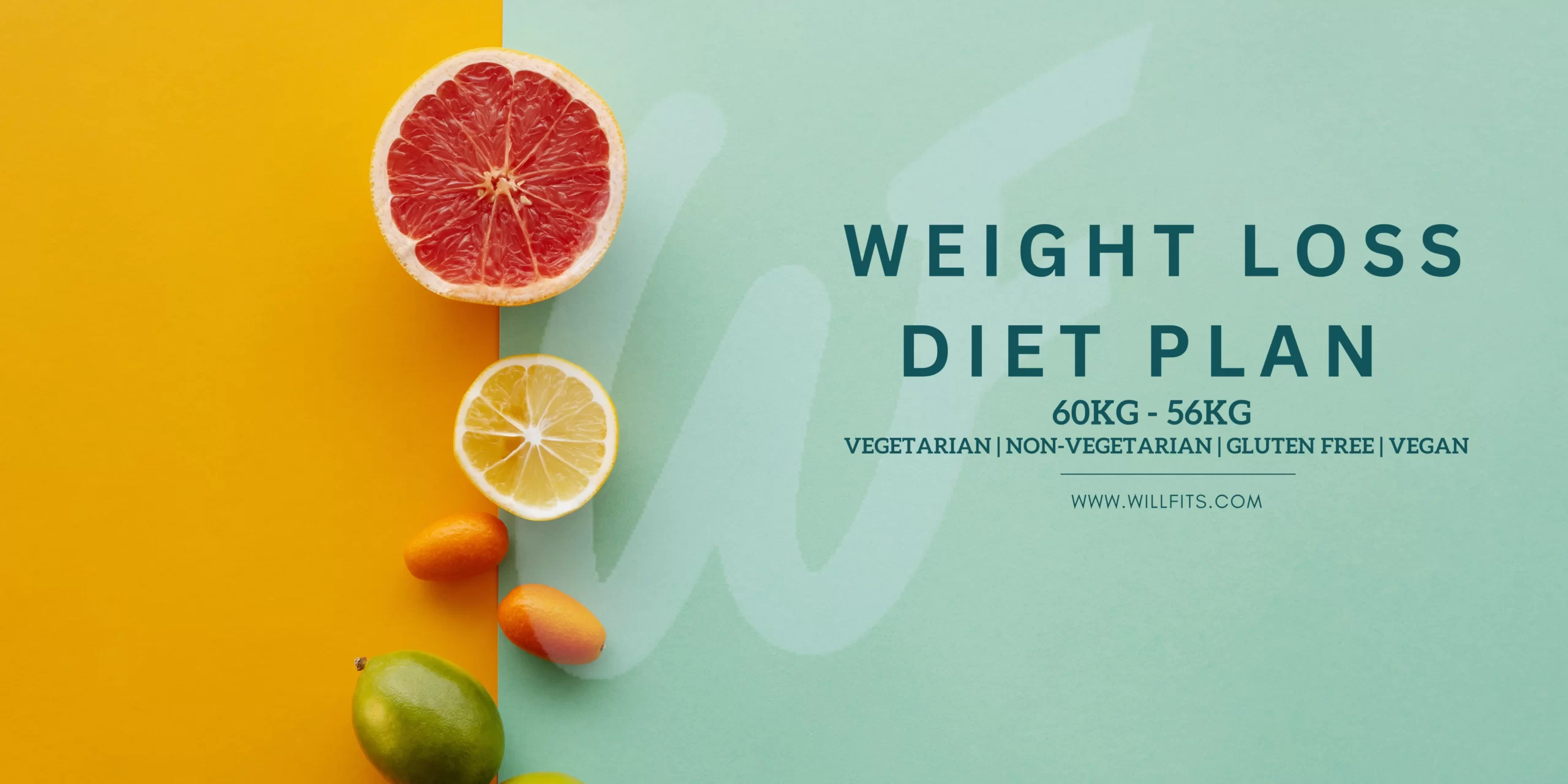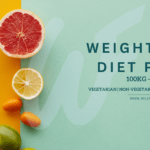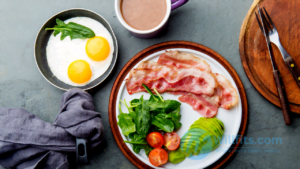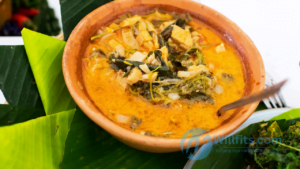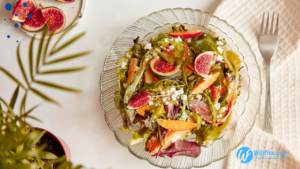What to Eat
Lean Proteins:
- Include sources like chicken breast, turkey, fish, tofu, legumes, and low-fat dairy products.
- Protein helps in maintaining muscle mass and keeping you feeling full.
Whole Grains:
- Opt for whole grains such as brown rice, quinoa, oats, and whole wheat products.
- Whole grains provide fiber, which aids in digestion and helps control hunger.
Vegetables:
- Consume a variety of colorful vegetables. They are rich in vitamins, minerals, and antioxidants.
- Aim to fill half your plate with vegetables.
Fruits:
- Choose a variety of fruits for natural sweetness and added vitamins.
- Limit fruit juices and opt for whole fruits for added fiber.
Healthy Fats:
- Include sources like avocados, nuts, seeds, and olive oil.
- These fats contribute to satiety and provide essential fatty acids.
Dairy or Dairy Alternatives:
- Include low-fat or fat-free dairy products or fortified dairy alternatives for calcium and vitamin D.
Hydration:
- Drink plenty of water throughout the day.
- Herbal teas and infused water can add variety to your hydration.
Herbs and Spices:
- Use herbs and spices for flavor instead of excessive salt or sugar.
What to Avoid
Processed Foods:
- Minimize processed foods high in added sugars, unhealthy fats, and sodium.
Sugary Beverages:
- Limit or avoid sugary drinks like sodas, energy drinks, and sweetened teas.
Sweets and Desserts:
- Reduce intake of sweets, pastries, and desserts.
- Choose healthier dessert options when needed.
Fried and Fast Foods:
- Limit fried foods and fast-food items, which can be high in calories.
White Refined Grains:
- Choose whole grains over refined grains for added fiber and nutrients.
Excessive Alcohol:
- Moderate alcohol consumption, as it contributes additional calories.
High-Calorie Snacks:
- Opt for nutrient-dense snacks over high-calorie, low-nutrient options.
Mindful Eating:
- Pay attention to portion sizes to prevent overeating.
Meal 1: Breakfast
- 1 cup of green tea
- Vegetable omelette with spinach, bell peppers, and tomatoes
Meal 2: Mid-morning Snack
- 1 medium-sized fruit (apple, pear, or orange)
- 10-12 almonds or walnuts
Meal 3: Lunch
- Quinoa salad with mixed vegetables and grilled chicken breast
- 1 small bowl of yogurt
Meal 4: Afternoon Snack
- Greek yogurt with a handful of blueberries
Meal 5: Dinner
- Baked fish with steamed broccoli and quinoa
Meal 6: Evening Snack
- Carrot and cucumber sticks with hummus
Meal 7: Bedtime Snack (optional)
- A cup of warm skimmed milk with a pinch of turmeric
General Guidelines:
- Hydration: Continue drinking at least 8-10 glasses of water throughout the day.
- Variety of Foods: Maintain a variety of vegetables and fruits in your diet.
- Whole Grains: Continue opting for whole grains like quinoa and limit intake of refined grains.
- Limit Processed Foods: Keep limiting the intake of processed foods, sugary drinks, and snacks.
- Healthy Cooking Methods: Maintain healthier cooking methods like baking, grilling, or steaming.
- Portion Control: Be mindful of portion sizes and avoid overeating.
- Physical Activity: Sustain regular physical activity or exercise for at least 30 minutes a day, such as brisk walking, jogging, or cycling.

